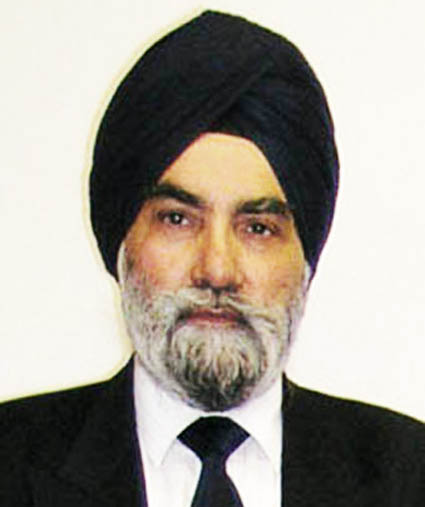Sikh Raj Heritage Exhibitions, Research and Presentations Should Have Sikhi education and Panthic Advancement objectives.

When I saw the treasure []]heritage] left by my forefathers, my mind was filled with spiritual bliss. (SGGS 186)
It was in 1999 that the then Prince of Wales, now King Charles III of UK, unveiled a statue of Maharaja Duleep Singh in Thetford. That was an initiative by Maharaja Duleep Singh Centenary Trust. The event made headlines and raised the Sikh profile as a nation in the context of Anglo-Sikh relations.
I was very much impressed by the public impact of this historic initiative which showed the way forward to asserting Sikh identity as an independent people with own great history and culture. The Anglo-Sikh aspect simply stresses the debt colonial Britain owe the Sikhs as also discussed in the parliamentary debates leading to partition of the Indian subcontinent in 1947. Sikh case has been a running sore ever since!
The Art of the Sikh Kingdoms was an exhibition held from 25 March to 25 July 1999 at Victoria and Albert Museum. To quote Susan Stronge, Curator of the exhibition: inevitably the core of the exhibition, led naturally to the cosmopolitan court of the first Sikh Maharaja of the Panjab, Ranjit Singh (r. 1801-39). The court was the most magnificent in the subcontinent at the time, and was also characterised by its religious tolerance, with Hindus, Muslims, Sikhs and Europeans all holding high office.
It can be seen that these Sikh historical displays brought out much about the proud history of the Sikhs as theo-political entity, the Khalsa Panth.
Later, on 1 May 2002, Prince Charles launched an exhibition, From Jawans to Generals: Loyal Allies, Proud Britons, at Wellington Arch, Hyde Park Corner, London. The exhibition ran from 2 May to 3 November 2002. As part of the literature for the exhibition, late Harbinder Singh Rana, then Director of the Maharaja Duleep Singh Centenary Trust, invited me to write about the Sikh martial tradition from a Sikh ideological perspective. The modest contribution was appreciated and acknowledged. Later I expanded the notes to produce an online publication, Anglo-Sikh Relations & The World Wars (see The Sikh Missionary Society UK link below**)
Today there are some excellent exhibitions of Sikh historical artefacts and related well-researched presentations in London and elsewhere. Sikh heritage organisations like The United Kingdom Punjab Heritage Association (UKPHA), Anglo-Sikh Heritage Trail (ASHT) and some others in the UK, America e.g. The Sikh Foundation International, and Canada are dedicated to securing the cultural heritage of Panjab for modern Sikh and non-Sikh audiences.
I think the point I am trying to make is that, over time, collectors of Sikh historical artefacts and highly qualified academic researchers and presenters in this field can make such activism an end in itself. They can limit such activism to impress modern audiences while forgetting to relate the findings to establish Sikhs as a global nation with own history and culture which deserves to be preserved.
We also need to bear in mind that many historical artefacts, including drawings of Gurus and great Sikhs were commissioned from or made by non-Sikhs. They need careful interpretation and qualification in view of the Brahmanic and derawadi influence of the times and even today.
Otherwise, these exhibitions are highly educational regarding Sikh history and the great Sikh secular tradition as a nation seeking Sarbat da Bhalaa.
Sikh Missionary Society UK Website:
https://www.sikhmissionarysociety.org/
Under Publications, History: Anglo-Sikh Relations & The World Wars
Gurmukh Singh OBE
Principal Civil Servant retd (UK)